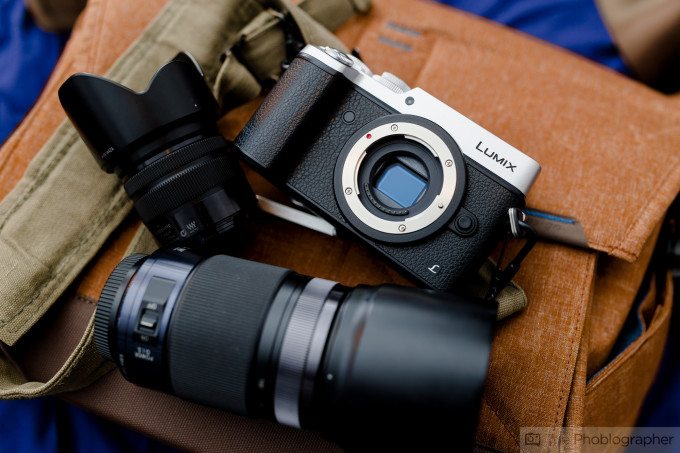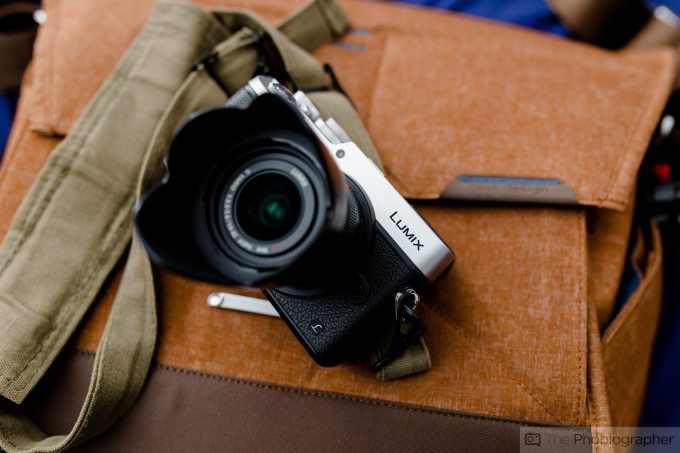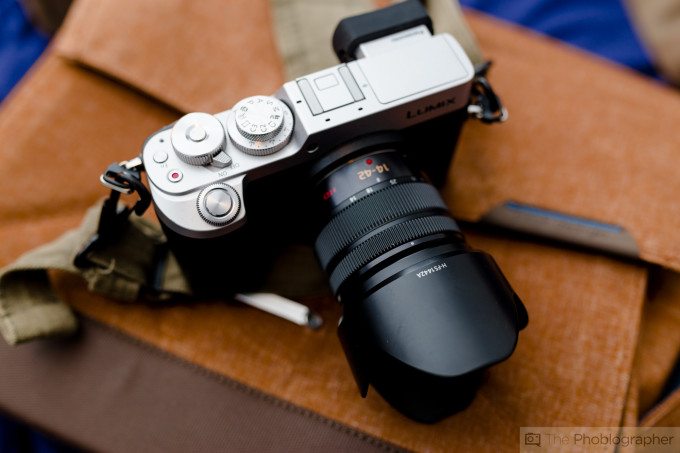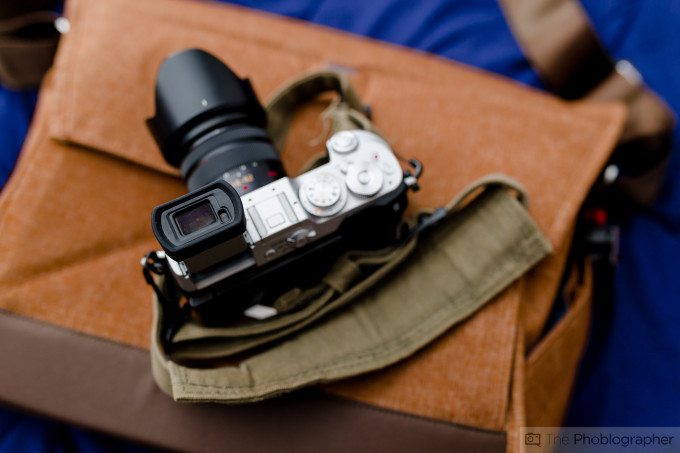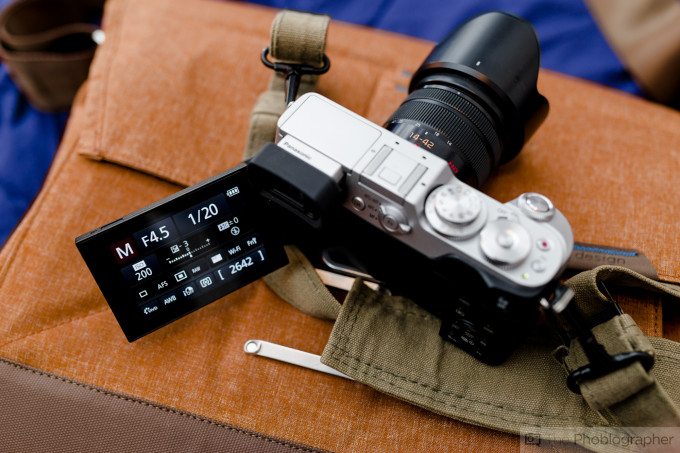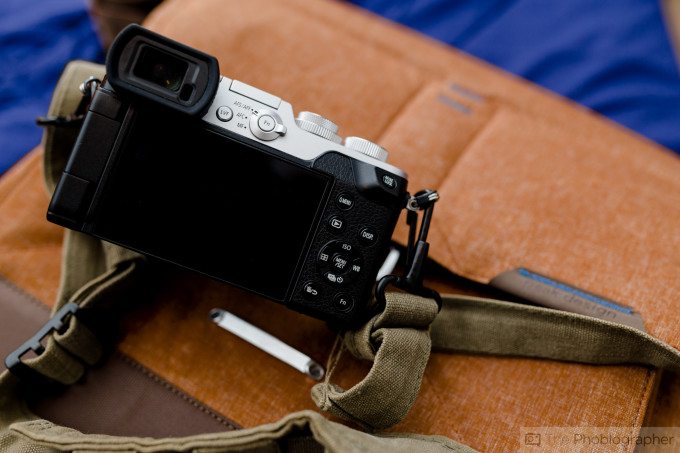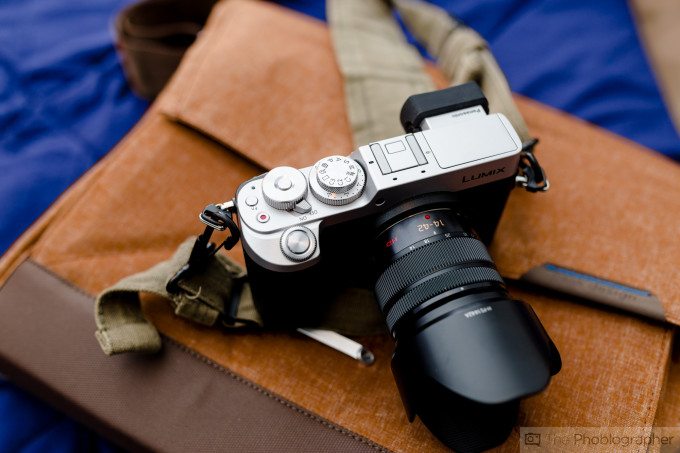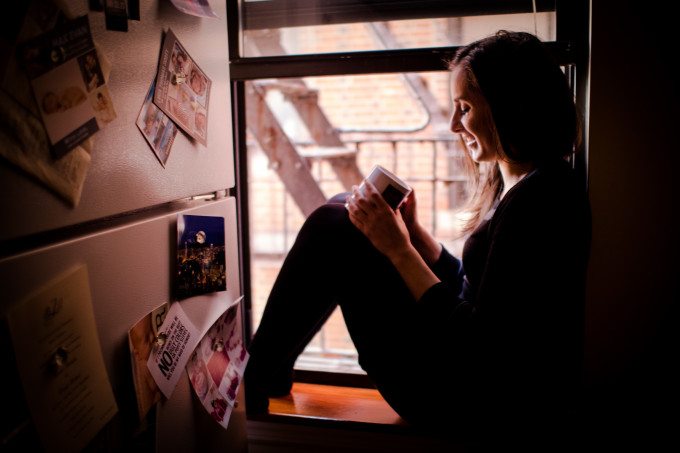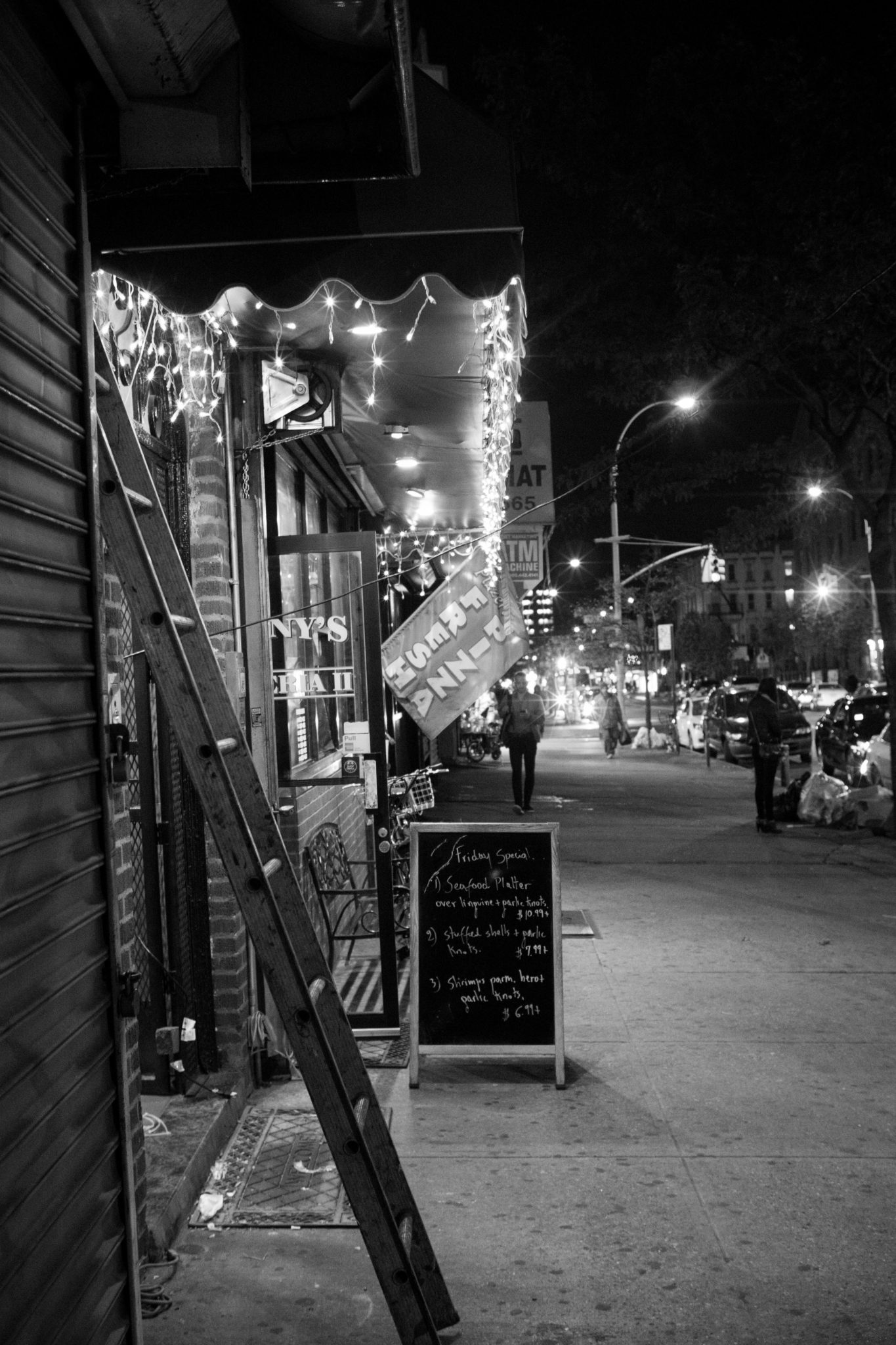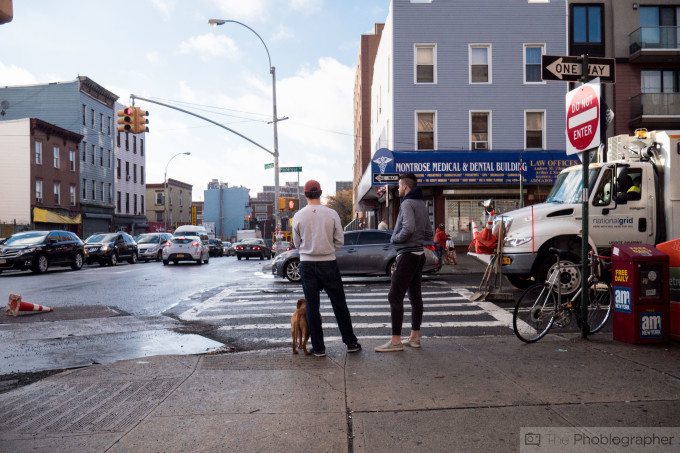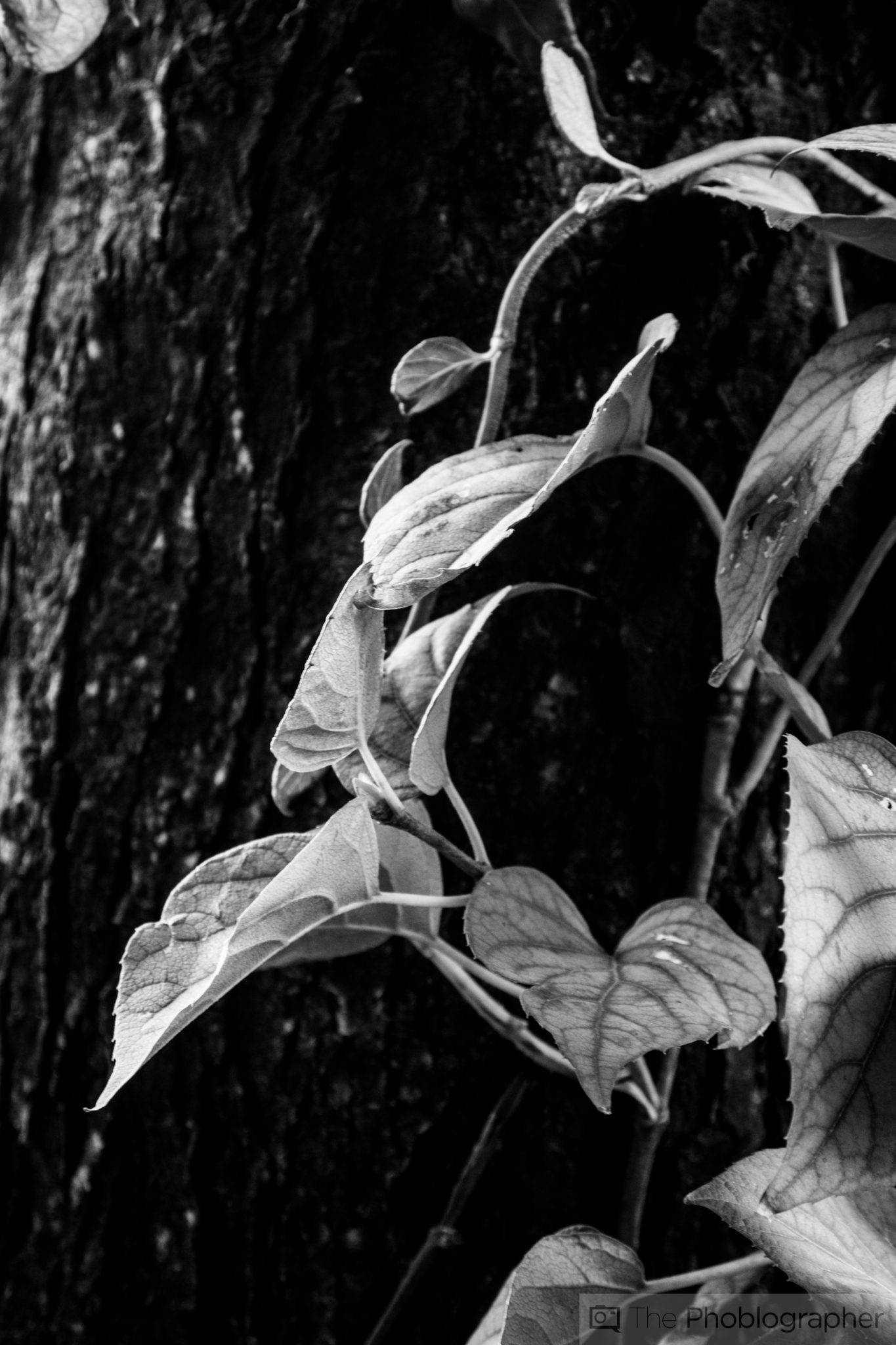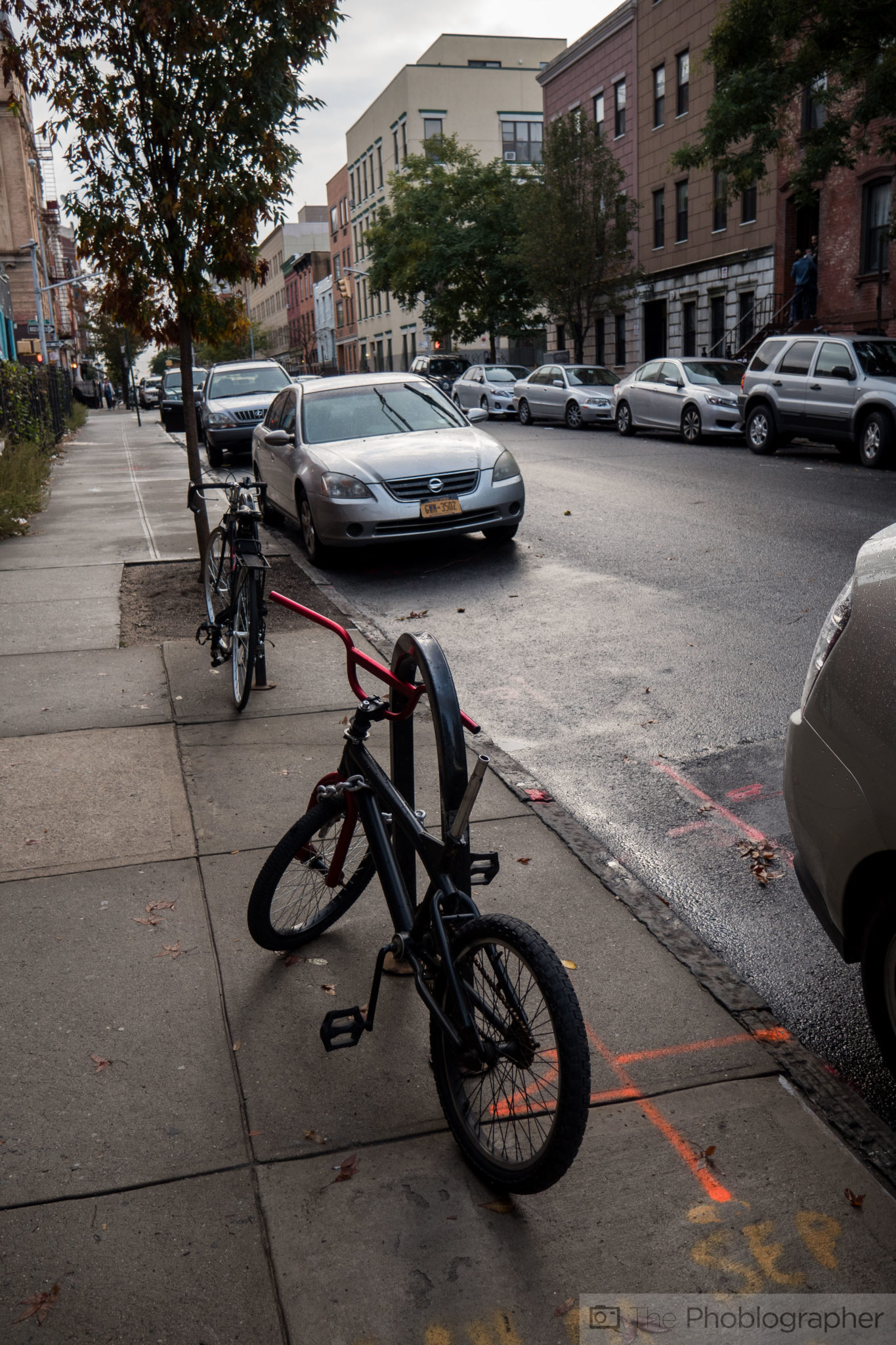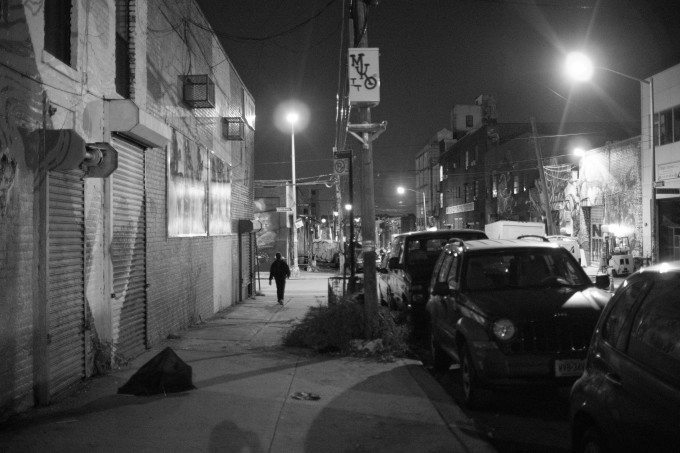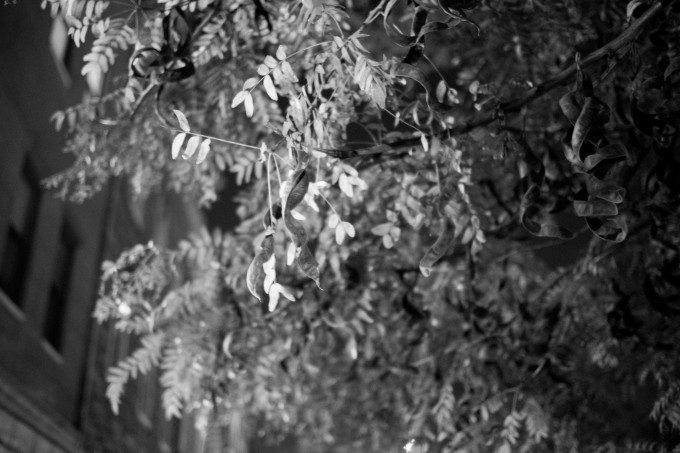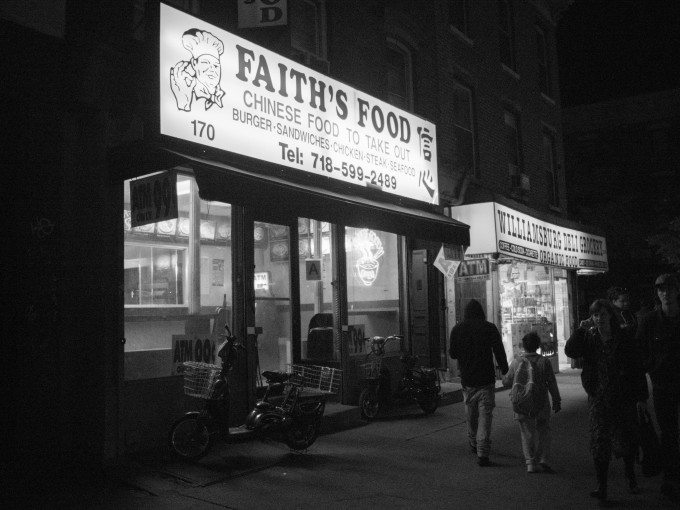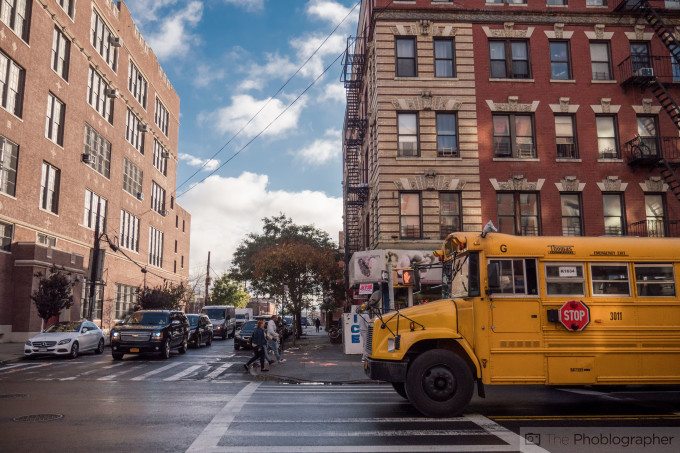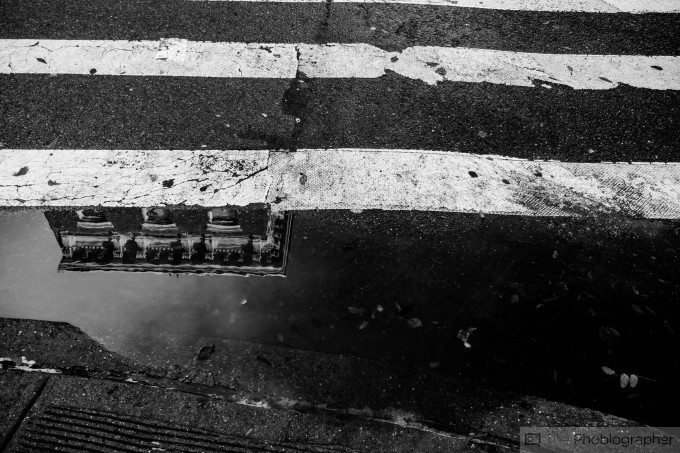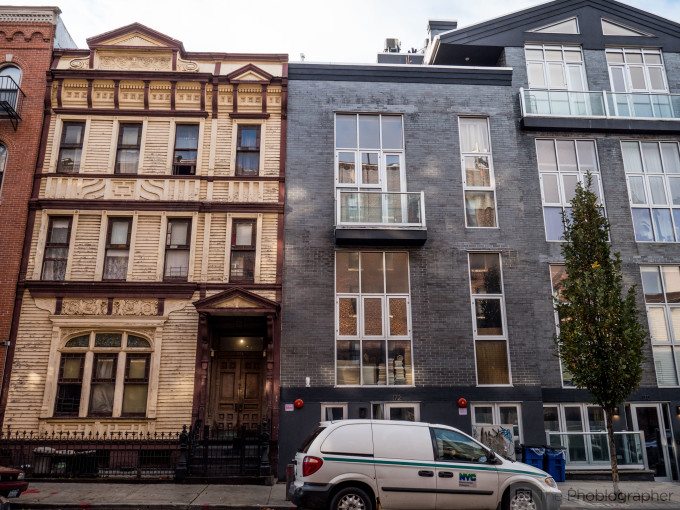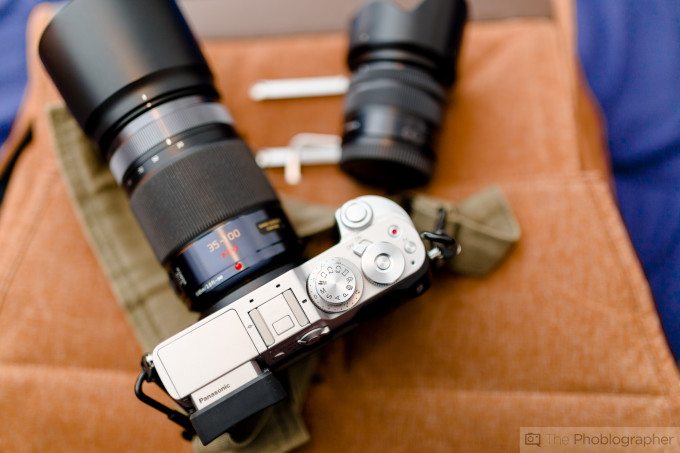Last Updated on 11/04/2015 by Chris Gampat
A while back, Panasonic announced their GX8–the camera that lives alongside the GH4 as a flagship camera for Panasonic lineup of Micro Four Thirds cameras. With a design very much like the old Four Thirds L1 camera, this is Panasonic’s rangefinder style flagship camera and live alongside the GH4 as a top dog.
With a 20.1MP Four Thirds sensor inside the camera, the capability of shooting 10FPS and a tilting EVF, there is a lot to love about this camera. However, it’s very much a jack of all trades but a master of none.
Pros and Cons
Pros
- The absolute best color that Panasonic has ever delivered out of the camera
- Incredible build quality as I’m much more partial to rangefinder style camera bodies
- Very nice EVF
- Nice shutter sound
- Fast focusing capabilities even in the lowest of lighting situations
- Lots of buttons and dials
- Dials feel very, very nice
- In-camera stabilization is quite nice
Cons
- Layout and placement of dials and buttons is a bit awkward
- Highlight retention could be better
- Pretty expensive
Gear Used
We tested the Panasonic GX8 with the kit lens, 35-100mm f2.8, and the Voigtlander 17.5mm f0.95 lens. Plus we used a Adorama Flashpoint Li On Flash.
Tech Specs
Specs taken from the B&H Photo listing for $1,197.99.
- 20.3 MP Digital Live MOS Sensor
- Venus Engine Image Processor
- Micro Four Thirds System
- Tilting 2.36m-Dot 0.77x OLED EVF
- 3.0″ 1.04m-Dot Vari-Angle Touchscreen
- 4K UHD Video Recording at 30/24 fps
- Built-In Wi-Fi Connectivity with NFC
- 10 fps Shooting with AF-S and ISO 25600
- DFD AF System, 4K Photo Modes
- In-Camera Image Stabilization, Dual I.S.
Ergonomics
The Panasonic GX8 is in some ways, a wink and a nod to the older Panasonic DMC-L1 Four Thirds DSLR–which it very much resembles. However, the GX8 doesn’t have a mirror or pentaprism and is instead a fully functional Micro Four Thirds camera.
The front of the camera is pretty much lacking in controls. There is a custom function button on the right side near the grip and there is also the AF assist lamp. But otherwise, all the control is on top and on the back.
Check out the top of the camera: lots of dials, a couple of buttons, a hot shoe and the EVF. Here we’ve got an exposure compensation dial, mode dial, aperture control dial, shutter speed dial, video record button, and more buttons.
In the middle of one of the dials is a button: that’s how you switch focusing points with ease–at least that’s the easiest way to do it without directly touching the screen.
For some of us, we’ll appreciate that the EVF can pop up and tilt. This is a nice feature, but the LCD screen can also give you the same functionality and fulfill the same purposes.
In fact, the LCD screen comes out and swivels. It can be very useful in many situations. To save battery life, make the screen face inward and close it down.
The back of the camera has lots of controls; but is also dominated by the giant LCD screen that we just talked about. Here you’ve got a trash button, playback, AF type selection, ISO, drive mode control, and lots more. It’s nice and convenient once you wrap your head around it all.
Build Quality
Look at this thing: it’s gorgeous. How can you complain about its looks?
Considering that this camera is weather sealed and every bit so as the GH4, we’re talking about a camera that can stand up to the elements providing that the lens attached can also do the same. In the hands, the camera feels really, really nice. I’m significantly more partial to rangefinder style camera bodies, so this one tugs at my heart. With that said though, it’s not all blueberries and cream.
Unfortunately, when I go to reach a certain button, it isn’t there and I often need to reach a bit backward. On top of that, the aperture control dial isn’t always the most easily reachable. Sometimes my thumb is just out of reach and then I need to realize that the thumb needs to be about a centimeter or so more to the right.
With more muscle memory, this would surely change, but at the moment I’ve only got this camera in for two weeks.
Ease of Use
Panasonic has five menu systems and each of them has at tops 9 pages of settings. If you’ve got an idea of what you need to accomplish, you can easily figure out what menu you’ll need to be in. The killer is the uber long settings pages. Admittedly though, there are worse things in life and Panasonic tries to make it as simple as possible.
The Panasonic GX8 isn’t really designed for the amateur but instead for the power user. It’s a camera that is designed to do work and that fact is easily visible with all the dials and buttons. The user can also change settings with the touch screen, but it isn’t really necessary with all the options you already have to change the settings.
Users that would probably be most comfortable with this camera are Fujifilm X Pro 1 users, X-E2 users, and Leica shooters. Even then though, you’ll have to rewire some muscle memory to completely wrap your head around the camera.
Think of it as the modern, Japanese upgrade to the rangefinder and throw everything you know about German products out the window.
One of the biggest features of this camera is the addition of optical image stabilization to the sensor. When we were testing the camera with my Voigtlander 17.5mm f0.95 lens, then I really started to see just how good the stabilization was–especially in really low light. However, I didn’t really see this until I brought the images onto my computer, and for that I would prefer a more high res display on the back of the camera.
Autofocus
Focusing performance with this camera is incredibly fast. Choosing a focusing point requires you to push a button, move something around and then shoot. It’s kind of like what Sony does, which is also a big complaint about both systems–direct access would be much better. Olympus does it, Fujifilm does it, Canon does it, and Nikon does it. It would just make life so much simpler when it comes to real life shooting applications.
Again though, once you choose that focusing point, you’ll get super fast focusing performance and you can’t complain about at all. It’s right on par with the best of what Olympus has to offer and even close to Sony’s offerings.
Focus peaking with this camera is also amazingly accurate. When using the Voigtlander 17.5mm f0.95, I was wondering if something was in focus or not. Though the LCD screen wasn’t actually showing it as sharp as I needed it to be to see the details, my computer screen told me that indeed the focus peaking did its job and did its job rather effectively.
Tracking focus, even in the dark, is some of the best I’ve seen and can only really be bested by the Sony A7s Mk II and Sony A7r Mk II.
Kudos to Panasonic here.
Editor’s Note: After a comment, I’ve gone back and discovered that while the viewfinder is to my eye, I can move my finger along the LCD screen and choose a focusing point. This changes everything. It’s quite excellent though the ergonomics of the camera are so large that sometimes you want to use two fingers to do this.
Metering
The sensor in the Panasonic GX8 tends to underexpose scenes by around 1/3rd to 2/3rd of a stop when running it against more traditional Sunny 16 metering. That’s standard in some ways, but also means that you’ll be pushing the shadows a lot when shooting RAW. In effect, this helps you with highlight retention.
Image Quality
ALL EXIF DATA FOR IMAGES ARE LEFT IN TACT. CLICK THE PHOTOS TO SEE THE EXIF IN THE URL.
Straight out of the camera, the Panasonic GX8 gives excellent colors. In fact, for a Panasonic camera, it renders the best colors that we’ve seen. Comparatively speaking though, the Sony sensor inside of the Olympus competitors still wins out when it comes to color and in some ways, overall.
To be clear, what we mean here is that straight out of the camera, the Olympus cameras capture better color. However, when the images from both systems are edited, they’re neck in neck with Olympus’s Sony sensors able to get a tad more from the highlights.
Let’s take a closer look at what this camera can do.
RAW File Versatility

Here’s what this image originally looked like. We needed to push the shadows and fix the highlights after pushing the shadows.

Once the image is edited, you can see that we can recover lots of details from the shadows. However, we introduced quite a bit of noise into the image and we needed to nerf that noise.
We were also able to get a bit more from the highlights but not much until we got clipping.
High ISO Output

If you’re looking at the image as a whole, you’ll see very little noise. When going in at 100%, you’ll see comparable levels with the sensor in Olympus cameras with Olympus taking a bit of an edge overall.
Still, the sensor here is highly capable in the grand scheme of things and in real life applications; but there’s a lot that bests it in high ISO results.
Extra Image Samples
Conclusions
Likes
- Nice body and feel in the hand
- Fast focusing
- Weather Sealing
- Nice feeling dials
Dislikes
- Dials and buttons are in a bit odd spots
- RAW file versatility could be better
The Panasonic GX8 looks nice, feels nice, and delivers beautiful images. It will take a skilled editor to make the most of them, but what you’ll also really appreciate is (more than anything) that Panasonic’s colors are absolutely incredible. In fact, I’d go as far as saying that they best Nikon but not Sony and surely not Fujifilm.
There is a lot to love about this camera if your a Micro Four Thirds camera user and much of it has to do with the form factor. However, there are also problems with the dial placement that you’ll need to wrap your head around.
Overall though, absolutely any job that a person needs to get done can easily be accomplished with the Panasonic GX8–seriously any job. But it will take a true creative to really take the fullest advantage of what this camera’s imaging sensor is capable of.
We give the Panasonic GX8 four out of five stars. Want one? Check the B&H Photo listing for $1,197.99.
Recommended Lenses
Anything and everything from Voigtlander: It all just feels so great here.
Panasonic 15mm f1.7: The Leica feel and aesthetic just fits so well here.
Panasonic 42.5mm f1.2: Same as above.


